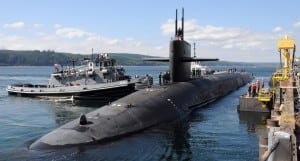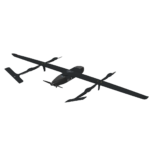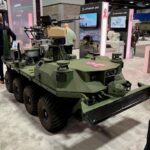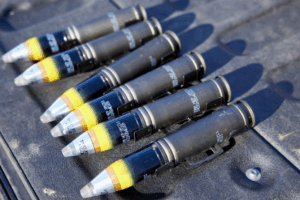
The modernization of U.S. nuclear forces will require an increase in defense spending that surpasses Budget Control Act limits but will drop to current levels after the execution of certain modernization programs, according to a report preview released this week by the Center for Strategic and Budgetary Assessments (CSBA).The CSBA estimates that “annual costs should grow by 56 percent (adjusting for inflation) and peak around [Fiscal Year] 2027 before declining to near current levels in the late 2030s,” based on…

 By
By 











